The FOSS Force Distro of the Week — Modicia O.S.
Modicia O.S. blends powerful multimedia tools, unique features, and a polished user experience for Linux enthusiasts and creative professionals.
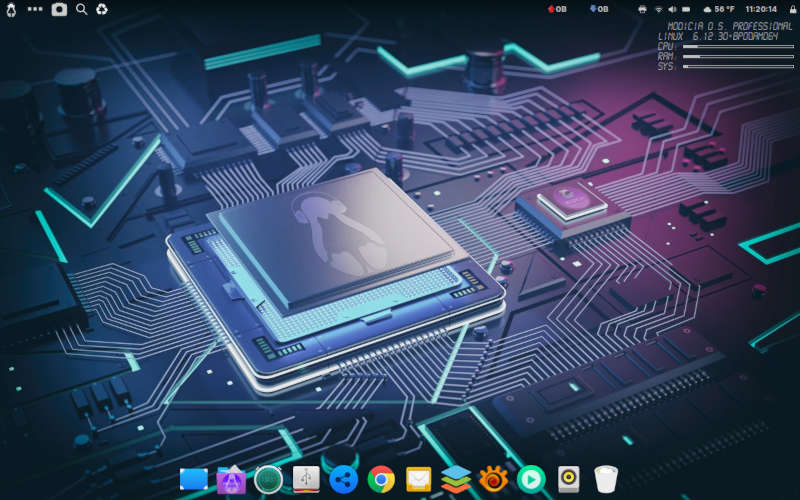
In the grand scheme of things, the ideal Linux distro would be all things to all people right out of the box. No additions, no tweaks. Just a distro that works, and works well, for everyone having the benefit of using it.
But in the real world, some distros are more–let’s say for the sake of argument–specialized.
For example, if you are a video maker, musician, or a graphic designer, a distro like Modicia O.S. (typically styled all uppercase) might be just what the proverbial doctor ordered.
Modicia, an Italian distro primarily designed for multimedia professionals and enthusiasts, has been around since 1998. While it is not for the faint of heart, it is also forgiving to a fault. The project is based in Monza, Italy, and founded by Marco Mariani. It’s goal, according to its website, “is to provide a complete and optimized operating system with a rich set of pre-installed software for creative activities.”
Designed with multimedia users in mind, Modicia was based on Debian until 2023, when it briefly adopted Ubuntu LTS as its base. That may not have worked out so well because it returned to Debian Stable shortly afterward, where it remains today. The distro initially used Xfce as its desktop environment, but switched to Cinnamon sometime around 2018.
Multimedia Tools and Software Selection
Modicia seems to take its “optimized distro” mandate seriously. The ISO weighs in at a whopping 4.8 GB, making the installation take longer than most Linux distributions. That’s fine, because the trade-off–especially for those who are media oriented–is nothing short of remarkable.
For example, some of the open-source multimedia tools it includes in the installation includes the Audacity audio editor, the disc-burning utility Brasero, Cheese webcam application, Curlew multimedia converter, the GNU Image Manipulation Program, HandBrake video transcoder, Kdenlive video editor, Rhythmbox, Sound Converter, MediaInfo (which provides technical data about media files), mpv media player, Peek animated GIF recorder, RawTherapee photo processor, XnView image viewer, among several others.
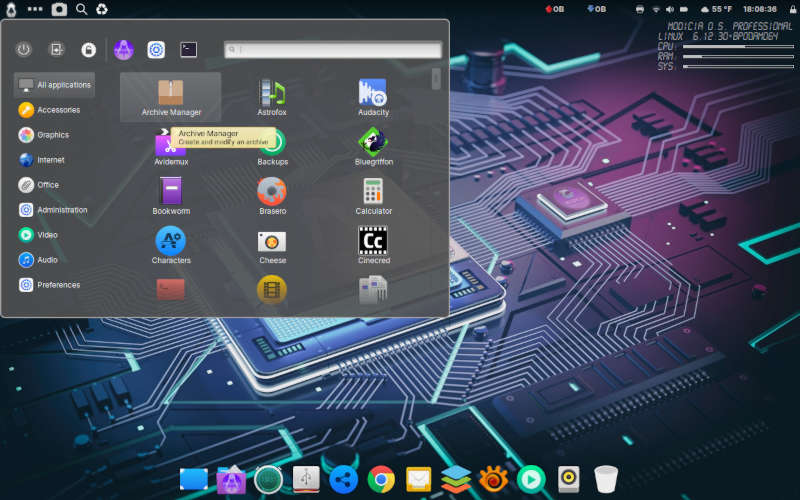
Not being a multimedia maven by anyone’s stretch of the imagination, most of the software included was new to me and, to be honest, it piqued my interest in fiddling with it. While it was quite interesting, suffice it to say that I think I’ll leave the multimedia to the multimedia professionals.
To its credit, Modicia does include an email client – Geary – and, curtailing my temptation to install my beloved Thunderbird, I gave it a shot. After an initial setup which I originally thought had failed, Geary was indeed up and running to my satisfaction and serves as an adequate email client.
Because of the plethora of audio software available, the installation did not include VLC, which I added later. However, the version that installed was a truncated version of the program. A little sleight-of-hand thanks to a few Google searches got VLC acting as it should, at least to my liking.
Unique Features and User Experience
Beyond the bundled software, Modicia stands out for its user experience and a few unexpected features.
Perhaps the biggest surprise in Modicia’s wide world of software installs was the presence of Microsoft products—Word, PowerPoint, and Excel—likely enabled by some clever licensing legerdemain, which could be a “red flag” for some FOSS purists. However, the workaround here – more than likely – is that these programs are actually the web-based versions of Microsoft 365 apps, accessed through a browser, so they are not installed locally on your computer, technically speaking.
But I digress.
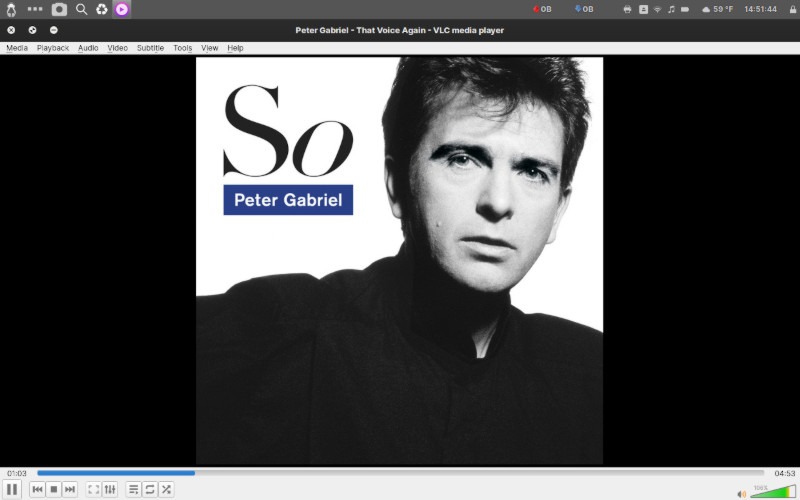
Counter-balancing MS Office is OnlyOffice—an open-source office suite that was located in Russia until it officially moved to Latvia in 2023, apparently to escape Ukraine-related sanctions imposed on Russian companies. On the whole, OnlyOffice was unimpressive and didn’t reach the capabilities of LibreOffice, which I installed shortly afterward.
There are a couple of items that are unique to the Modicia experience. One is the audible tones that play to usher in the booting of the software, as well as the shutdown sequence–a pleasant touch against the silence served by other distros during booting and shutdown.
The second is the Conky-like monitor in the upper right part of the screen, allowing the user to see which kernel Modicia is running as well as bar graphs reflecting CPU use, RAM use, and an item marked SYS, which I am assuming is the system use. In each of these categories, the bars never approached halfway and struggled to get to the quarter mark, even when I was running multiple programs.
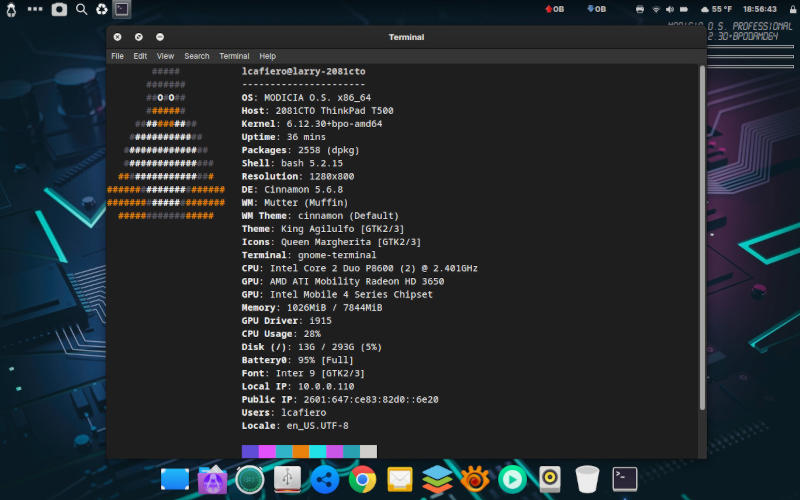
Final Impressions and Who Should Use Modicia
Overall, the Modicia experience is largely positive. However, I did encounter some frustrations when adding software like VLC and LibreOffice. Instead of working seamlessly out of the box, these programs required significant tweaking to run properly. Additionally, I found it necessary to reboot the system every time I installed new software. While this is a minor inconvenience, it did become a bit annoying over time.
In Modicia’s defense, this operating system is clearly aimed at experienced multimedia users—those who are already familiar with Linux and want a comprehensive, feature-rich environment for creative work. For this audience, Modicia delivers a complete Linux experience with flying colors.
Modicia’s pluses… |
Modicia’s minuses… |
|---|---|
|
|
…and suddenly we’re in the mood for some Peter Gabriel…


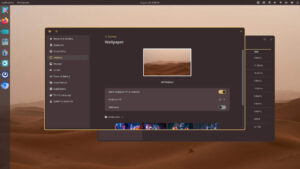
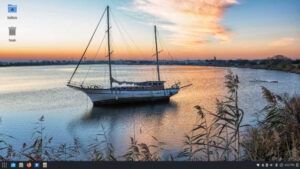
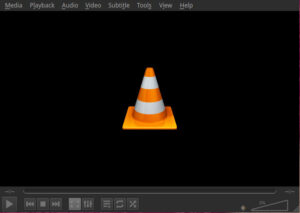
Meh. Nothing that can’t be duplicated easily with a better DE.